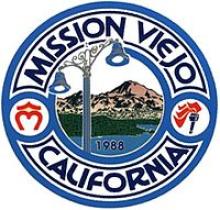Aurora's Fiber: "A Big Attraction" In Illinois
OnLight Aurora, the nonprofit ISP serving Aurora, Illinois via publicly owned infrastructure, is bringing more companies to the second largest city in the state.
"One Of The Reasons We're Here"
Scientel Solutions, a wireless communications company with headquarters in Lombard, Illinois, is making a move to Aurora. The company plans to build its own 12,000 square foot office building and an accompanying warehouse in the community where they will be near a local data center.
The data Cyrus One data center was only one reason Scientel chose Aurora, according to the company’s attorney Richard Williams:
“In addition to being near Cyrus One, Williams told aldermen the company also was lured by OnLight Aurora, the city's fiber optic network.”
"Fiber was a big attraction to us," Williams said. "That's one of the reasons we're here."
Rather than continue to lease its Lombard location, the company has decided to invest in its own property. In addition to constructing the facilities, Scientel will erect a communications tower on its new site. Lombard is approximately 25 miles east of Aurora, closer to downtown Chicago.
Scientel will bring 30 Lombard employees to Aurora and hire 20 more employees to work at the new headquarters.
Unexpected Benefits
Back in 1995, city leadership decided to invest in publicly owned infrastructure to reduce telecommunications costs, upgrade to a faster network, and obtain the reliability they couldn’t get from incumbents. At the time, the city used patchwork of different connections and while some facilities obtained adequate connectivity, others in the more far-reaching areas of the community depended on old leased lines that weren’t up to task. Employees in some offices traveled to offices where connectivity was better in order to complete specific tasks that required better connections.




